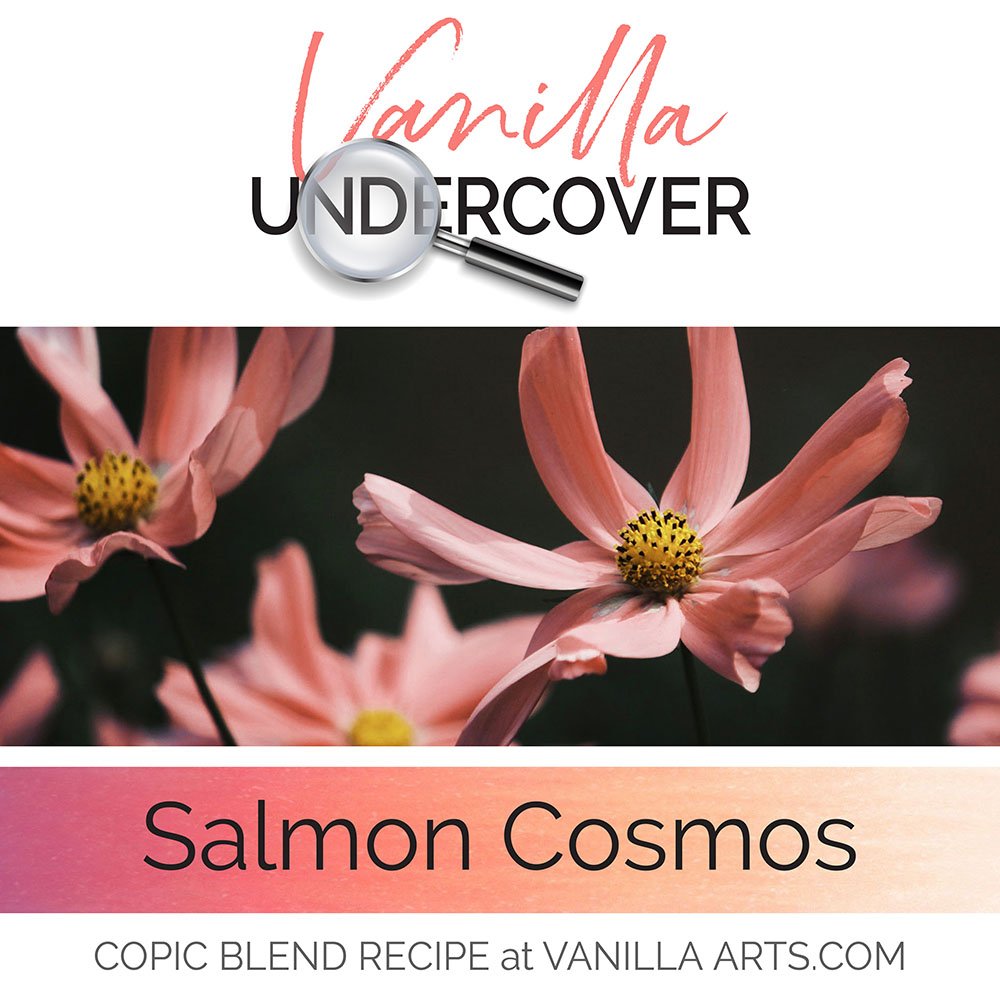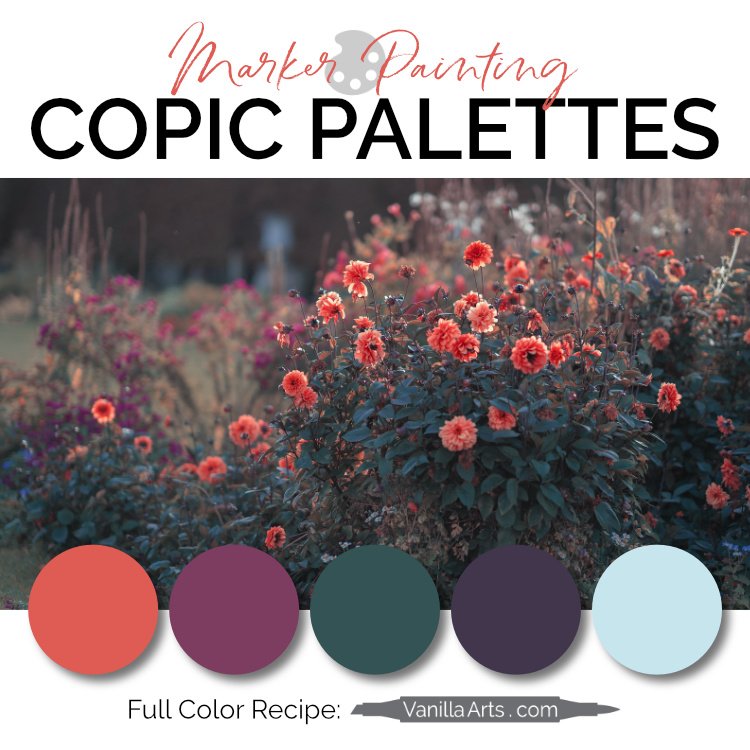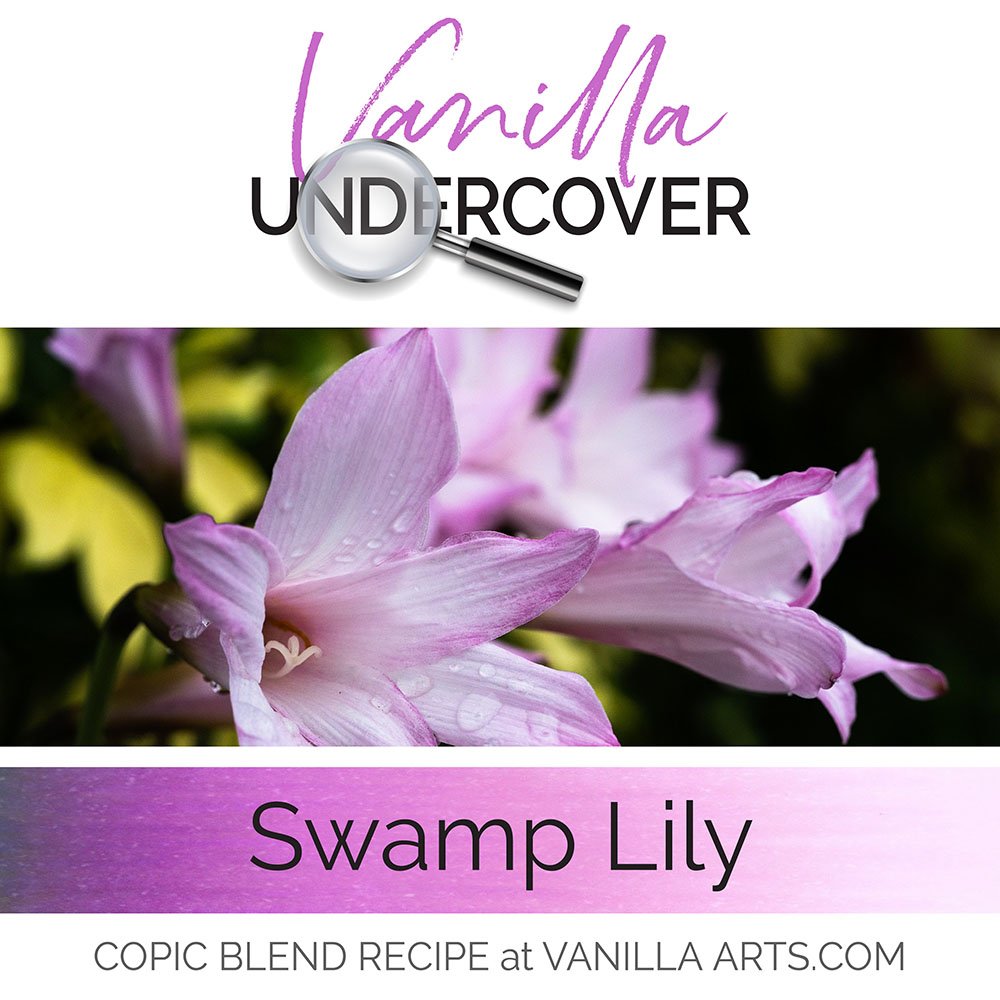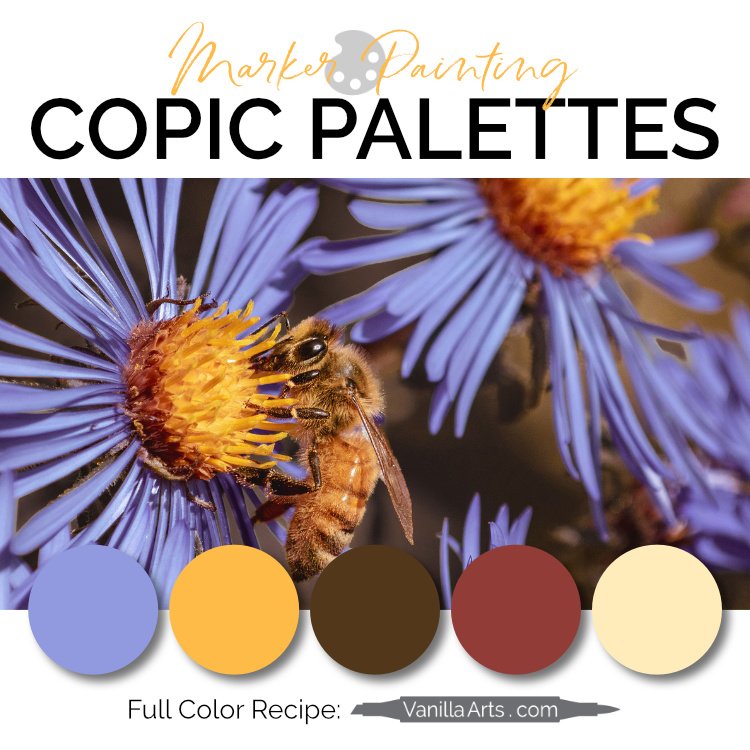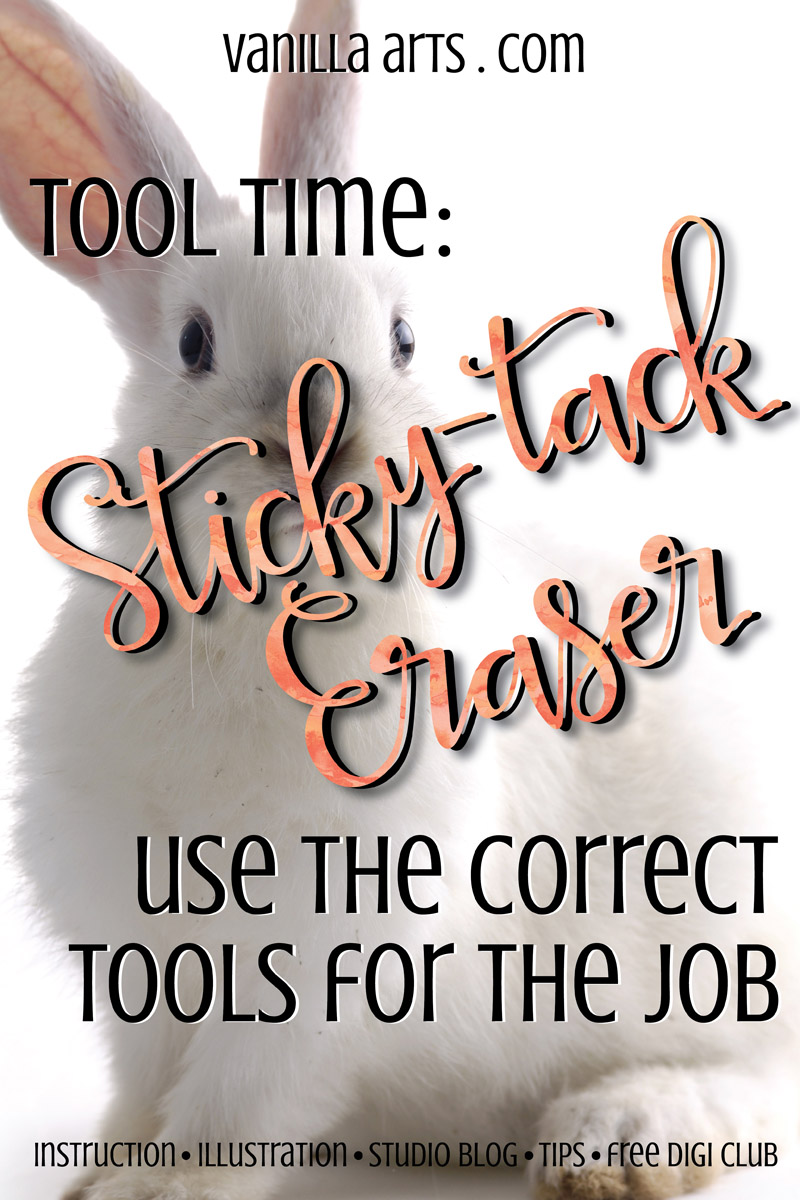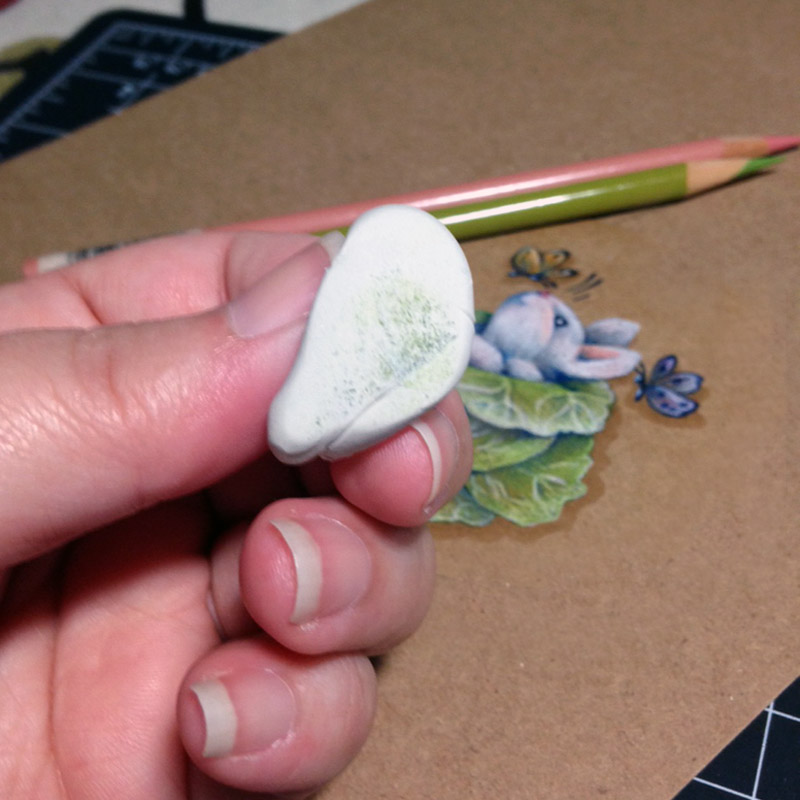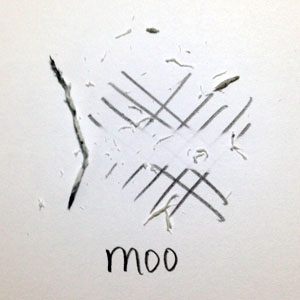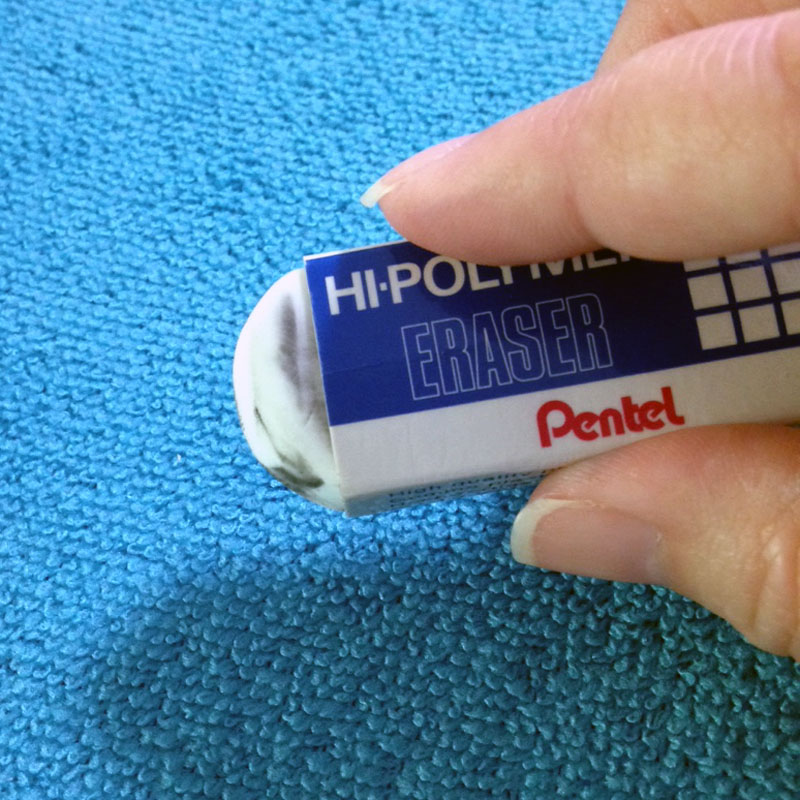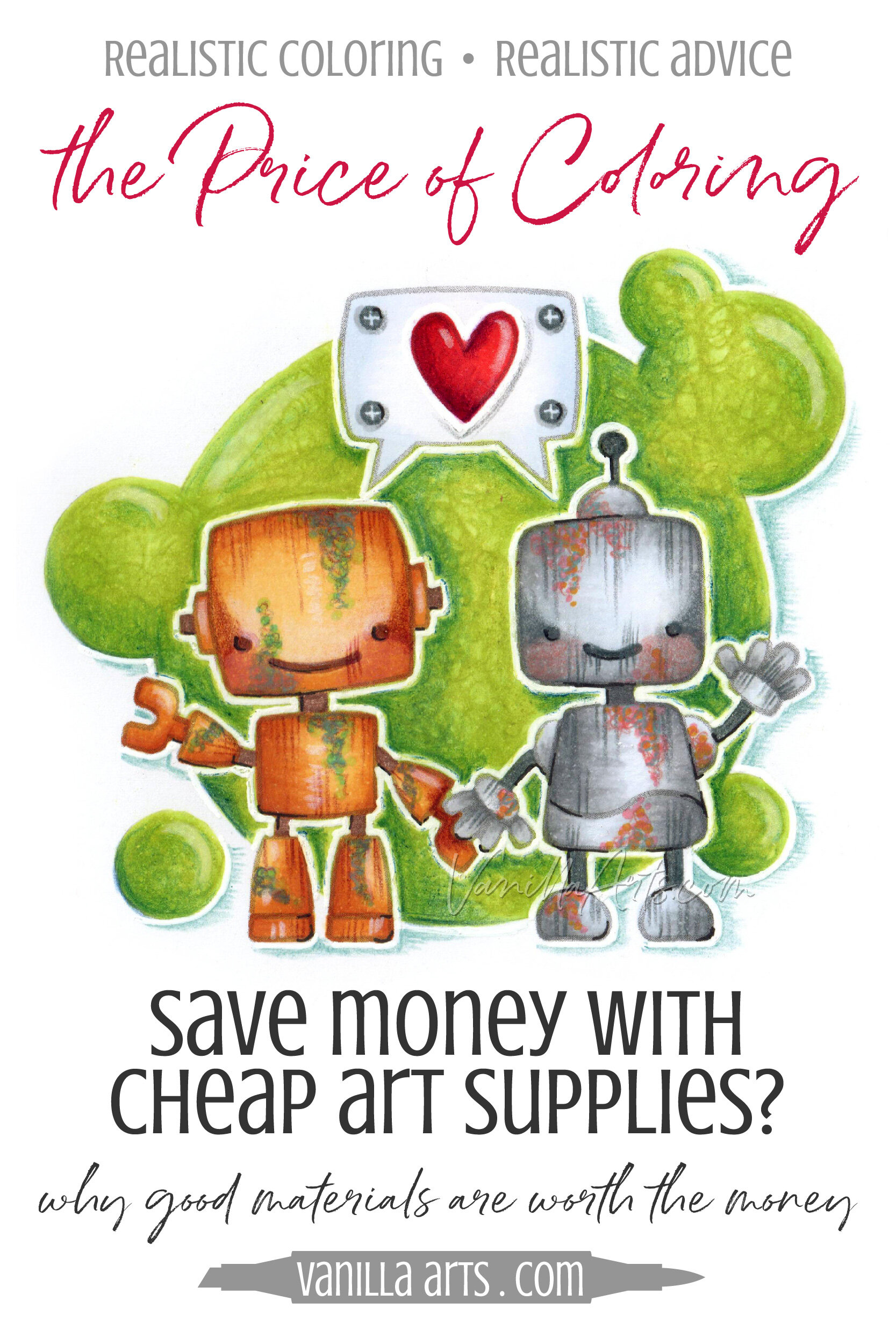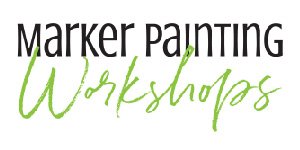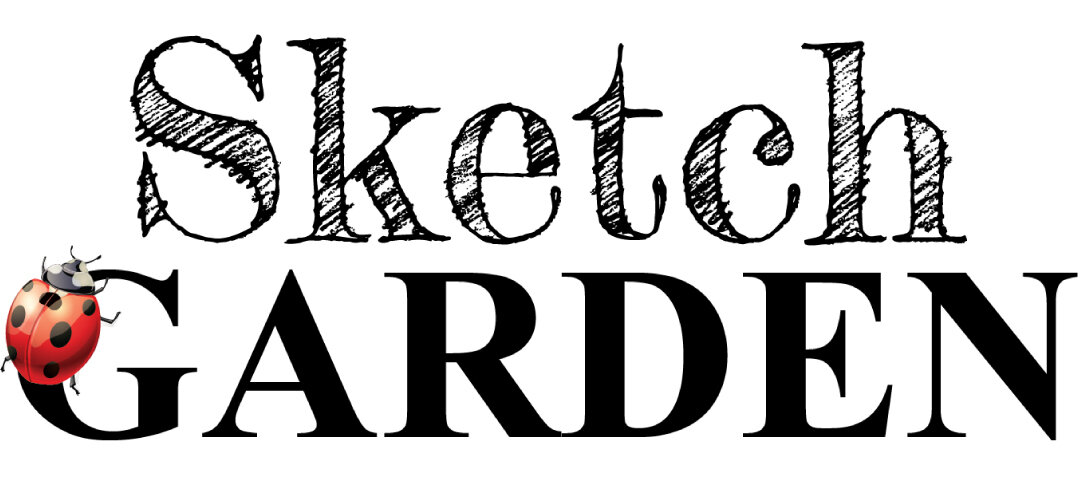Art paper is pretty confusing.
My students will often hear me rattle off poundages, especially when we're working on watercolor paper or illustration board.
We're working today on 100 pound Bristol but you can also do this on 140 pound watercolor. Don't buy the 300 pound stuff because that's a waste for this type of project. And hey, remember that X-Press it is maybe about 110 pounds and Gina K is definitely 120...
I'm sure I've said that exact paragraph more than once in class and reading it back, I now totally understand why they sometimes look at me like I just started speaking in ye Olde English.
But paper thickness is pretty important.
Watercolor, pastel, and colored pencil artists care a lot about paper quality. Thickness is one of many considerations they always look at. Cardmakers and digital stamp enthusiasts need to be just as concerned about paper thickness- you want something thin enough to fit through your printer but not so thin that the final card feels chintzy and cheap.
Paper weight matters.
Understanding paper weight becomes especially important when you're ordering off the internet. It's pretty hard to judge your paper by feel when it's not right in front of you.
Why do we measure paper pounds (a unit of weight) when we really mean thickness?
Don't blame me, I didn't start this nonsense.
First, let's discuss a ream.
If you work in an office setting or you like to buy paper at Costco or Sam's club, you've most likely heard the term "a ream of paper". Basically, a ream is 500 sheets.
Now take a ream of paper and set it on a scale. Let's say your 500 sheets of paper weighs 100 pounds. That is 100 pound paper.
Great! So a ream of watercolor paper that weighs 300 pounds is called 300 pound paper?
Yes.
And 140 pound pastel paper weighs 140 pounds? And it's about 1/2 as thick as the 300 pound pastel paper?
Yep and yep again. You're doing good.
And 70 pound bond paper is half the thickness of 140 lb. pastel paper?
Nope.
Huh?
Here's where it gets confusing.
Not all reams are created equally.
Some reams of paper are cut to 22 x 30 inches. And some reams are cut to 24 x 36. And some come off a really big giant roll and they kinda guess at what a ream would weigh. And if it's a handmade paper, a ream is whatever dimensions come off their custom apparatus. Reams are different from factory to factory.
And notice it isn't 500 sheets of 11 x 14 paper we're looking at, the ream is only seen at the factory, before they cut it down into their preferred standardized sales size. Good luck finding the information on what size ream your favorite paper company uses.
Yeah, I warned you. You should be scratching your head now.
But let us proceed anyway...
The dimensional size of a ream greatly affects the weight of 500 sheets. It's that whole "I can fit a pound of chocolate-walnut fudge in my purse but it takes a wheelbarrow to carry a pound of feathers" kind of problem.
I don't know if you often have that problem, maybe it's just me...
So anyway, unless you're comparing 2 sheets that were both cut to the same size for the original ream, you're not comparing apples to apples. It's more like comparing apples to gorillas. Paper pound weights are not a like for like comparison.
Then why don't we have a better measurement system?
Well, we do. But it's not always printed on the label and frankly, most Americans ignore it because it looks all foreign and full of metric magical hoo-ha nonsense that many of us try really hard to avoid...
Look for "grams per square meter", "g/m2" or "gsm".
This means they cut the paper to 1 meter by 1 meter before weighing it. That 1 meter square is always the same physical size whether we're talking about super thick watercolor paper or the thinnest of tracing paper. A thick paper will always have a heavier gram weight measurement than a thinner paper and we're always talking about the same standard dimensions, no matter who made it.
So bond paper that is listed as 60gsm is 1/2 the thickness of a cardstock weighing 120gsm. It's 1/4 the thickness of 240gsm Bristol board.
Let me stress, we're still not talking about somebody picking up a sheet of paper and using a set of micro-calipers to actually measure how thick the paper physically is, but at least we're doing apples to apples minus the weird guy in a gorilla suit.
So if we could just get all paper distributors and all retailers to list the gsm, we'd be really cookin'. As it is now, when the gsm isn't listed on a store's website, I click on the zoom of the product package photo. Sometimes that'll show you the mysterious metric information that's missing from the specs section. You can also check the paper manufacturer, they frequently list full specifications online now.
And truely, gsm listings are way more common now than they were 15 years ago; so it is getting better. Slowly.
Have you found a confusing art term?
Let me know and we'll try to iron that out in a future blog post.
Now go impress your friends and family with your new-found paper knowledge. You'll be the hit at the next family picnic, I guarantee it!



